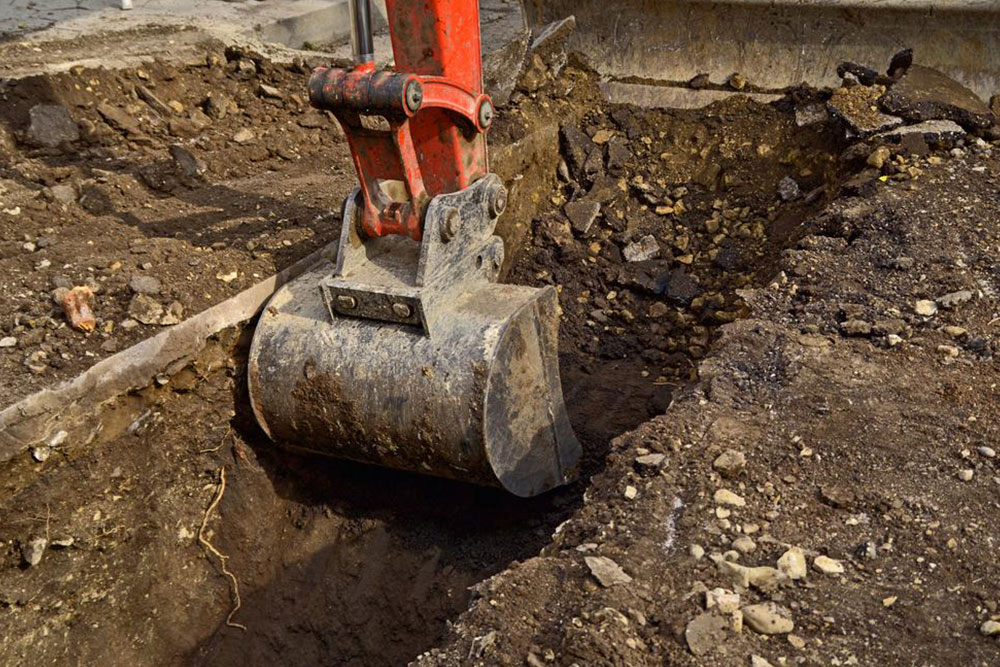A Guide to Gardening Backhoes
Gardening is truly one of the most therapeutic activities there is. And if you are one of those who loves the outdoors, there is nothing that you cannot turn a patch of land into. The well-maintained garden patches outside homes not only look beautiful but also have long-lasting rewards in terms of maintaining emotional, mental and physical health. Backhoes can be your perfect partners in digging and moving dirt which helps you create magic out of the soil. Backhoes were originally designed as a heavy equipment to be used in urban engineering and construction for activities like small demolitions, digging holes, excavating, breaking rocks/asphalt and light transportation of building equipment.

Know the basics
Gardening backhoes are smaller in size, suited for projects of smaller sizes although a lot of people use a full-size backhoe for bigger areas that need landscaping and modeling. They are versatile in usage and one of the popular construction vehicles as well. Backhoes come with a variety of attachments to complement different kinds of jobs . An auger attachment or a toothed bucket attachment can be used to dig deep and large holes which can be converted into swimming pools, ponds or simply used for planting trees or shrubs.
The backhoes that are used for gardening are usually small in size. They can be dangerous if not used with care and precaution. Be sure to check with the manufacturer or your sales rep about the safety features and immediate risks in using the equipment.
Never, ever use the machine without perusing a usage manual first . Always remember, safety is first.
Inspect the backhoe for leaks, loose parts and wear and tear. Always check if the nuts and bolts are in place if the machine has chipped at any place; hoses, connectors, hinge pins and bushings are in place and all safety attachments are geared in for use.
Always ensure the load-lifting capacity of the machine beforehand and try lifting the specified amount of load before you start the actual work. Since backhoes tilt slightly on their wheels while lifting a load, there is a chance of the backhoe tipping over in case the load is higher than what it can handle. It can lead to severe complications and possible risk of injury.
Absolutely do not transport a backhoe with the bucket raised high. It will cause the backhoe to tip over. Raise the bucket to dispose of the load collected in the bucket only when you are in stable territory. Versatile, user-friendly and compact, backhoes are definitely the way to go.

